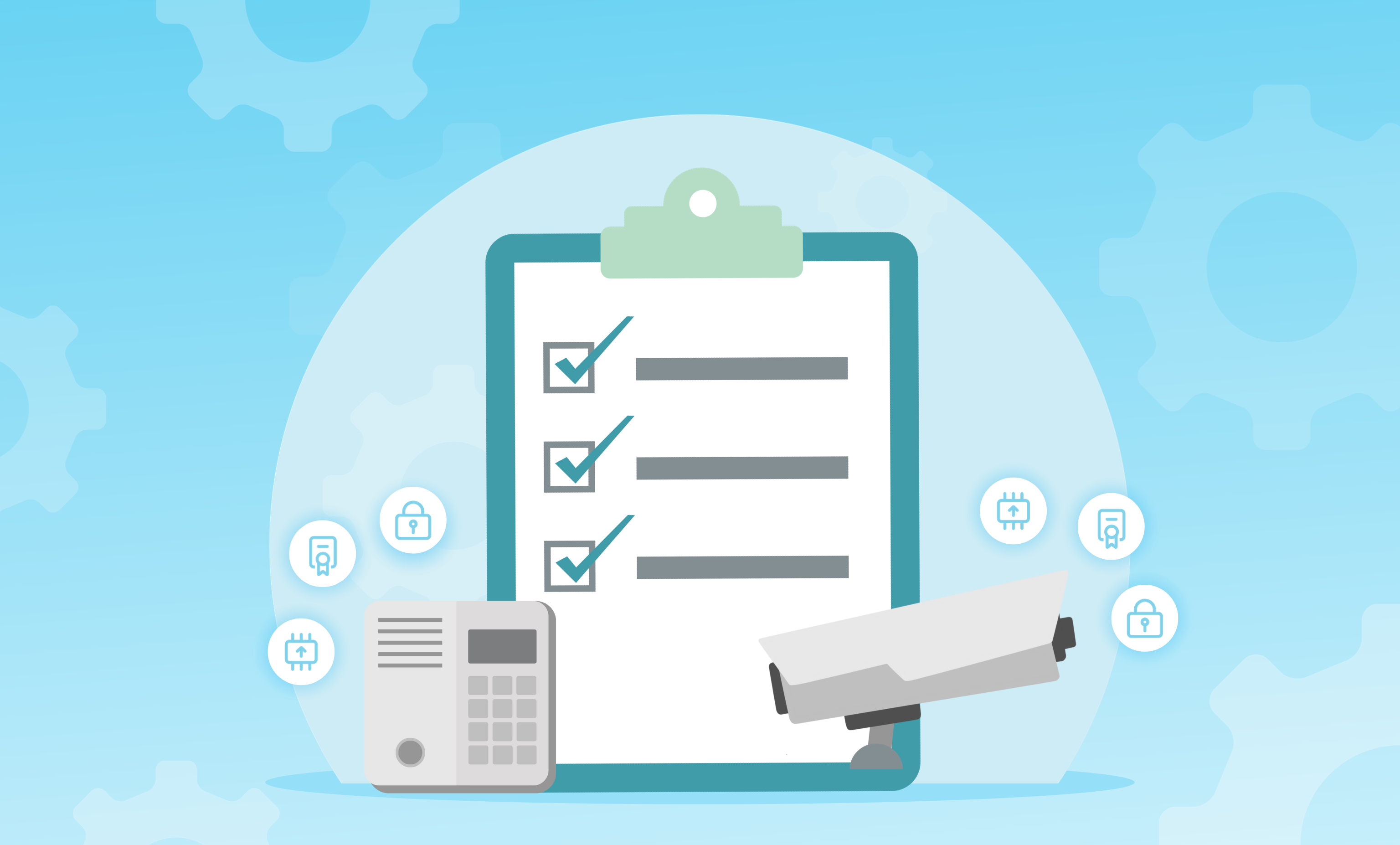
As organizations increasingly turn to automation, it’s not hard to see how an automated approach to managing physical security devices can help them to cut device downtime, protect themselves from cyber threats, keep costs down, and boost physical security efficiency.
But how can you make sure your organization is achieving the full benefit of automation in physical security? What steps can you take to ensure that you are maximizing your physical security devices’ contribution to your overall security posture, while minimizing the cost of operationally managing those devices?
To address your physical security pain points as effectively as possible, it’s important to implement automation in a comprehensive way.
To help your physical security team realize the full benefit of automation, this blog post will explore three keys to a comprehensive approach to automation. Along the way, it will provide a look at how comprehensive automation differs from the limited, narrow ways many physical security teams currently implement automation.
Key #1: Look beyond point solutions
First of all, it’s important to distinguish between point solutions and those that cover the entire process of operationally managing physical security devices.
Point solutions may offer automation in specific areas, such as password rotation or firmware upgrades. This can certainly be useful, but it doesn’t fundamentally transition your device management from manual to automated. It might offer you some of the benefits of automation, but it will not empower you to make the most of what automation can do for your physical security team.
There are also solutions that can automate a wider variety of processes in the operational management of physical security devices, but only for a specific device manufacturer or management system. The problem with this approach is that device fleets typically consist of various devices from multiple manufacturers, which rely on multiple management systems. As a result, organizations using those solutions might actually see them worsen the problem of silos within the physical security ecosystem.
In contrast to point solutions, a comprehensively automated solution covers all types of physical security devices and all of the necessary steps in operationally managing those devices. That means you can use a single tool for monitoring all of your physical security devices around the clock, rotating their passwords, upgrading their firmware, managing their certificates, and more. And for any organization looking to boost efficiency and prevent errors, having a single solution to count on can be a big step forward.
Key #2: Consider security devices’ entire ecosystem
When automating the operational management of your physical security devices, it’s important to keep in mind that these devices also depend on other assets, such as network switches and video management systems (VMS).
Notably, some tools operationally manage only the actual physical security devices and not those other systems – an approach that can create a risk of device downtime or security breaches. For instance, when rotating passwords for cameras, a device-level approach to automation does not guarantee that those cameras’ VMS will be updated accordingly. If the VMS is not updated, it can stop working properly with those cameras, resulting in downtime.
Similarly, organizations taking this kind of approach to automation may upgrade their devices’ firmware in bulk, without first checking to see whether the new version is compatible with the corresponding management system – also creating a risk of downtime. And if this happens to security cameras that have other technologies installed on them (such as license plate or facial recognition software), this kind of scenario can require a reinstallation of that software on every affected camera.
In contrast, a comprehensive approach to automation considers the entire ecosystem in which physical security devices operate. This way, when an automated solution rotates passwords for a security camera, it can also update the device’s VMS accordingly – preventing a risk of downtime. That kind of fully-automated solution can also verify that a firmware upgrade is compatible with all relevant assets before installing it on any physical security device, also helping avoid downtime.
And when a device stops working properly, a comprehensively automated solution can show – for example – whether the downtime is caused by an issue within the device or a problem within a related asset, such as a VMS or network switch.
Key #3: Take a hybrid approach to automation
Automation can empower physical security teams, allow them to focus on more strategic tasks, and improve their overall performance – but it can’t replace them.
Working with physical security devices still requires human decision-making and involvement. Although a comprehensively automated solution can eliminate the need for some 70% of truck rolls, in certain cases truck rolls are still necessary. And when device issues arise, communication between IT and physical security teams can be vital.
All of that makes hybrid automation – an approach built on seamless cooperation between human employees and automated technologies – particularly important for physical security teams. Making that hybrid automation a reality requires a combination of visibility, automated processes, and streamlined tools.
With a comprehensively automated solution, an organization can make sure that the right professionals – and only the right professionals – are notified rapidly when technical issues affecting their physical security devices arise. This can be performed via personalized smart alert systems, integrations with IT ticketing systems, or another similarly automated system.
By automatically performing key maintenance processes, that same solution can also minimize the chances of technical issues arising in the first place. And when issues do arise, streamlined tools – such as the ability to restart devices remotely and in bulk – can simplify the process of resolving those issues.
Taken together, these capabilities can empower employees to cooperate and collaborate effectively with their automated solution for operationally managing physical security devices.
Making the most of automation in physical security
For any organization looking to achieve enterprise-ready physical security, automation is essential – and the more comprehensive your automated capabilities are, the better you will be prepared to realize the full benefit of automation.
With that in mind, this post has explored three keys to achieving comprehensive automation within physical security.
But there’s more for physical security professionals to keep in mind about the use of automation in physical security.
How can automation address organizations’ most urgent physical security pain points? Which aspects of the operational management of physical security devices are the most suitable for automation? And how can comprehensive automation and visibility work together to help you optimize your physical security posture while minimizing costs?
For answers to these questions and other useful insights, check out our latest eBook: The Guide to Successfully Automating Physical Security Device Management.




